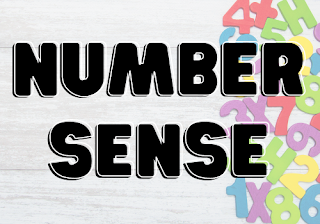This year I feel the need to require better classroom management strategies for my larger classroom size (25), flexible classroom, and 4th-grade to be a better educator. The students are wonderful, inquisitive, bright, and social. I haven't had a behavioral policy in place for many years because I have felt students need to have the freedom to make mistakes, not be shamed for making mistakes but learn from their mistakes. Do I need to have one this year?
My observations, realigning my seating, assigning seats for those who are having a difficult time with the flexible classroom seating, and classroom rules made as a whole group have helped already with the 2 weeks of school starting. I have assured the few students who have permanent seating at the moment it is only temporary during this time adjustment of settling into their new classroom.
I will not change having a flexible classroom, but I do need to gather skills to fit this particular group of students who are amazing and fun to work with.








